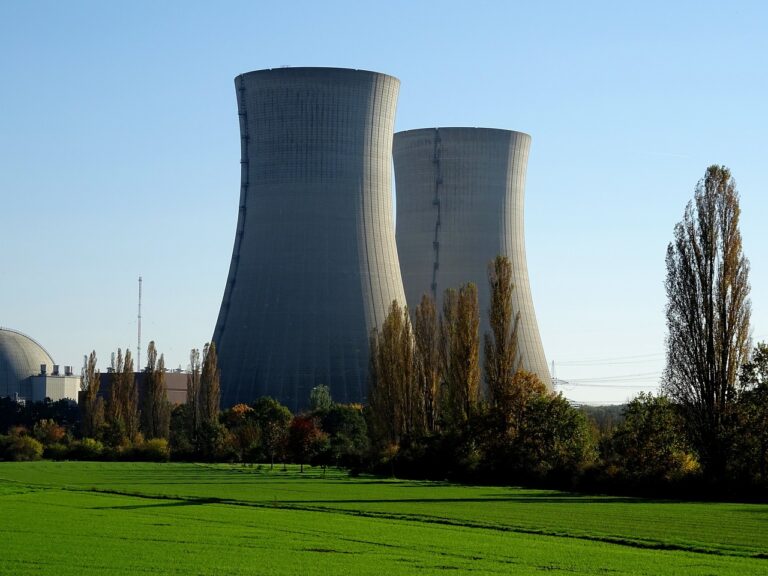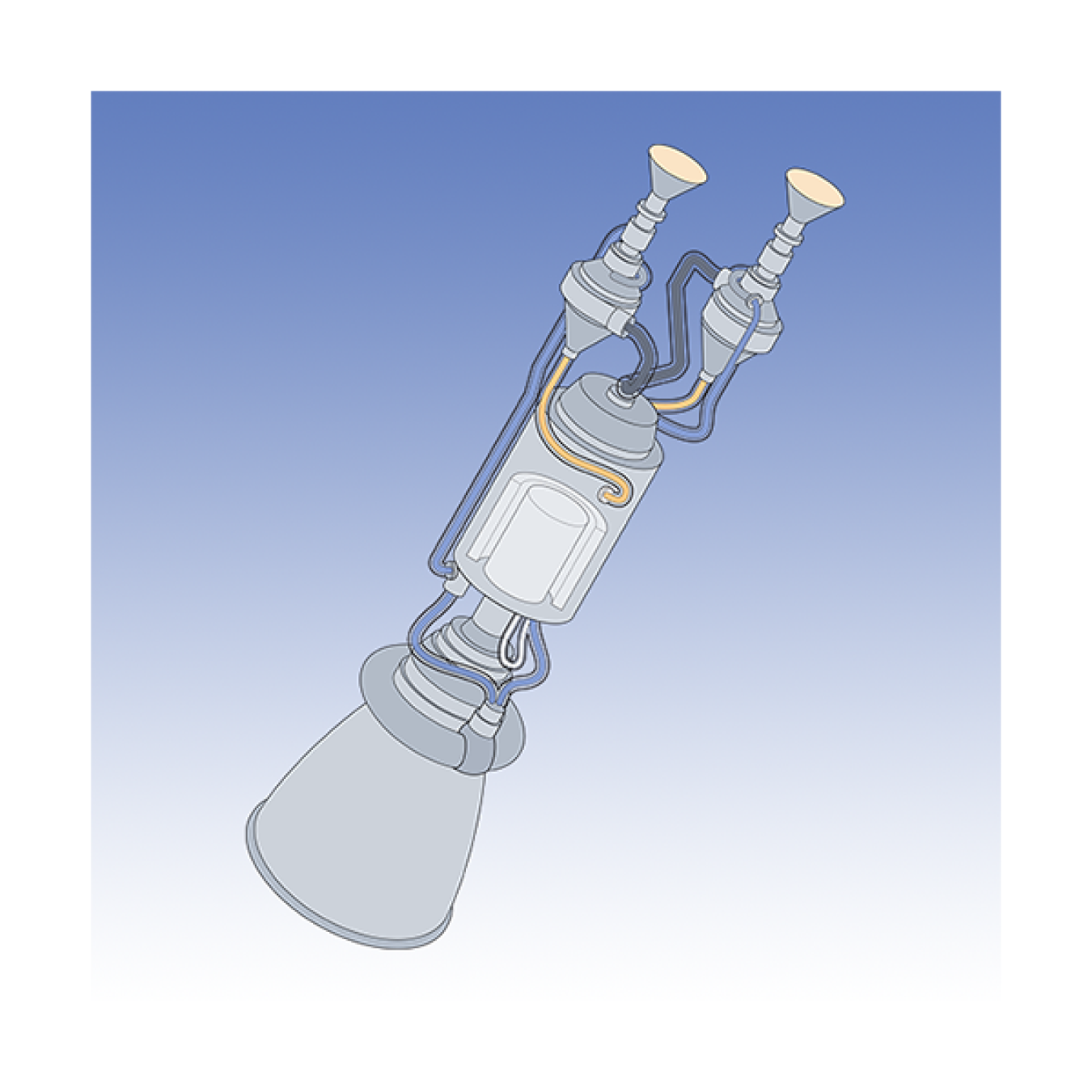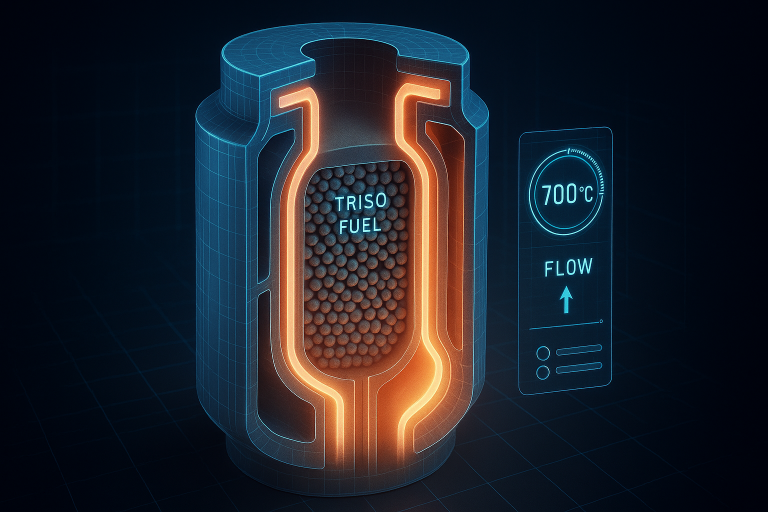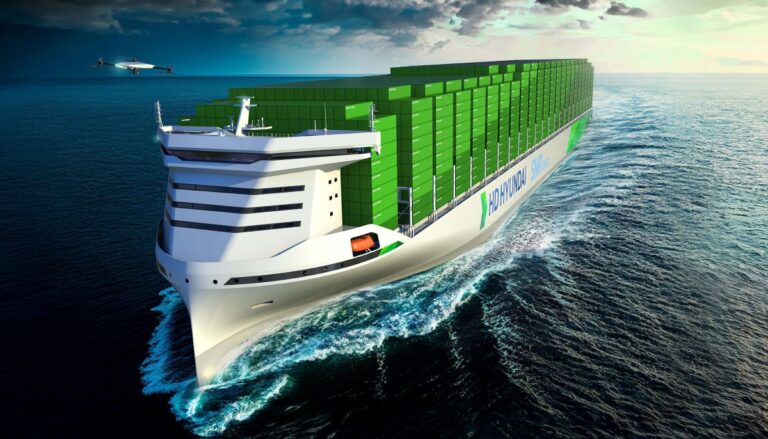Fusion Rockets Are Closer Than We Think – Should We Trust the Hype?
Space exploration has always been a delicate dance between optimism and reality. For decades, fusion propulsion—the ultimate “dream engine”—has lingered on the horizon, tantalizingly out of reach. It’s the stuff of science fiction: limitless energy, interplanetary travel in weeks instead of years, humanity spreading across the stars.
But now, a British company called Pulsar Fusion claims it can make this dream a reality by 2027 with its Sunbird rocket. While the idea is undeniably exciting, I can’t help but wonder: are we finally on the cusp of a breakthrough—or setting ourselves up for another round of overpromised, underdelivered space tech? Let’s dive deeper into the promises, challenges, and implications of this audacious claim.
Fusion in Space: A Different Ballgame
Let’s start with the positives. Fusion propulsion does have a lot going for it. Unlike chemical rockets, which rely on burning fuel, or even nuclear fission, which splits atoms to generate thrust, fusion combines light elements like hydrogen isotopes to release massive amounts of energy. This process is clean, efficient, and theoretically capable of producing exhaust speeds far beyond anything we’ve achieved so far.
To understand why this matters, consider the limitations of current propulsion systems. Chemical rockets are powerful but inefficient, requiring enormous amounts of fuel to escape Earth’s gravity and travel through space. Fission-based engines, while more efficient, still rely on heavy radioactive materials that pose safety risks and logistical challenges. Fusion, on the other hand, offers a middle ground: it’s both incredibly powerful and relatively safe, using isotopes like deuterium and helium-3 as fuel. These materials are abundant in the universe (though helium-3 is rare on Earth) and produce minimal radioactive waste compared to fission.
What’s fascinating about Pulsar Fusion’s approach is that it sidesteps many of the challenges facing terrestrial fusion reactors. Building a fusion power plant on Earth requires solving mind-boggling problems: containing plasma at millions of degrees, sustaining reactions for long periods, and managing neutron radiation. In space, however, you don’t need continuous power output. Instead, the Sunbird’s Dual Direct Fusion Drive (DDFD) would burn for short bursts, propelling spacecraft to incredible velocities before shutting down. This makes the engineering problem simpler—at least in theory.
If successful, the Sunbird could revolutionize space travel. Imagine cutting the nine-year journey to Pluto in half, or reaching Mars in mere weeks instead of months. Suddenly, colonizing other planets doesn’t seem like such a far-fetched idea. That kind of leap forward is worth getting excited about.
The Sunbird’s design also reflects a novel approach to space logistics. Rather than launching from Earth, these rockets would be stored in orbital satellite docks, acting as interplanetary “tugboats” for payloads destined for Mars and beyond. This eliminates the need for heavy lift vehicles to carry the rocket into orbit, reducing costs and increasing efficiency. Once docked, the Sunbird would refuel and recharge, readying itself for its next mission. This modular, reusable design aligns with the growing trend toward sustainability in space exploration, offering a glimpse of a future where space travel is not only faster but also more practical.

Is 2027 Realistic?
But here’s where I pause. As much as I want to believe in Pulsar Fusion’s vision, history tells us to be cautious. Space propulsion research is notorious for overpromising and underdelivering. Remember the hype around ion drives in the early 2000s? Or NASA’s flirtation with antimatter propulsion? These technologies sounded amazing—on paper—but failed to deliver tangible results within their projected timelines.
Even more concerning is the fact that fusion energy itself remains stubbornly elusive. Despite billions of dollars invested globally, no one has yet built a working fusion reactor capable of producing more energy than it consumes. Projects like ITER (International Thermonuclear Experimental Reactor) have faced delays, cost overruns, and technical hurdles. So how can Pulsar Fusion claim it will have a functional fusion rocket ready for orbital testing in just two years? Either they’ve cracked a problem that has baffled scientists for decades, or they’re banking on some very optimistic assumptions.
To be fair, Pulsar Fusion isn’t starting from scratch. The company has spent over a decade developing plasma thrusters and fission-based engines, giving them a solid foundation in advanced propulsion systems. And unlike Earth-based fusion reactors, their Sunbird design avoids some of the most daunting challenges, such as sustained plasma confinement. Still, the jump from laboratory experiments to an operational fusion rocket feels enormous. Can they really pull it off by 2027? Color me skeptical.
One potential stumbling block is the fuel source. The Sunbird relies on a deuterium-helium-3 mix to create protons, which minimizes neutron radiation and simplifies the engineering requirements. However, helium-3 is exceedingly rare on Earth and would likely need to be mined from the Moon or gas giants like Jupiter. While this might be feasible in the long term, it adds another layer of complexity to an already ambitious project. Additionally, the DDFD engine’s performance depends on achieving extremely high temperatures and pressures—an engineering feat that has eluded even the most advanced fusion projects on Earth.
Why Fusion Propulsion Matters—Even If It Fails
That said, there’s value in aiming high—even if Pulsar Fusion falls short of its ambitious goals. Humanity’s future depends on our ability to become a multi-planetary species. Climate change, resource depletion, and geopolitical instability all underscore the fragility of life on Earth. If we hope to survive as a species, we need to develop the tools to live and thrive elsewhere in the solar system. Fusion propulsion represents one of the most promising paths toward achieving that goal.
Consider the practical benefits of faster interplanetary travel. With current technology, sending humans to Mars takes about six to nine months, depending on the alignment of Earth and Mars. During that time, astronauts are exposed to harmful cosmic radiation and must endure cramped, isolated conditions. A fusion-powered rocket could cut that journey to just a few weeks, drastically reducing health risks and making long-term missions more feasible. Similarly, rapid transit times would enable us to send supplies, equipment, and scientific instruments to distant destinations more efficiently, accelerating our exploration of the solar system.
Moreover, projects like the Sunbird push the boundaries of what’s possible. Even if Pulsar Fusion’s 2027 timeline proves overly optimistic, the research and development involved could yield spin-off technologies that benefit both space exploration and life on Earth. After all, many of the innovations we take for granted today—from GPS to memory foam—were born out of efforts to conquer space. For example, advancements in plasma physics and materials science driven by fusion research could lead to breakthroughs in energy storage, medical imaging, or even renewable energy generation.
Pulsar Fusion’s CEO, Richard Dinan, emphasizes this point in interviews, noting that the company’s work on plasma thrusters and fusion engines has already led to tangible advancements in related fields. Whether or not the Sunbird succeeds, the knowledge gained from its development could pave the way for future breakthroughs, ensuring that the investment pays dividends even if the initial goal isn’t fully realized.
A Necessary Gamble
So should we trust the hype surrounding Pulsar Fusion and its Sunbird rocket? Honestly, it’s hard to say. On one hand, the technical challenges are immense, and the timeline feels aggressive. On the other hand, the potential rewards are too great to ignore. If fusion propulsion works—even partially—it could transform not only how we explore space but also how we think about our place in the universe.
In the end, I’m willing to give Pulsar Fusion the benefit of the doubt—not because I’m convinced they’ll succeed, but because we desperately need bold ideas like this. Space exploration is inherently risky, and progress often comes in fits and starts. But every once in a while, someone takes a gamble that pays off in ways no one expected. Maybe the Sunbird will be that gamble.
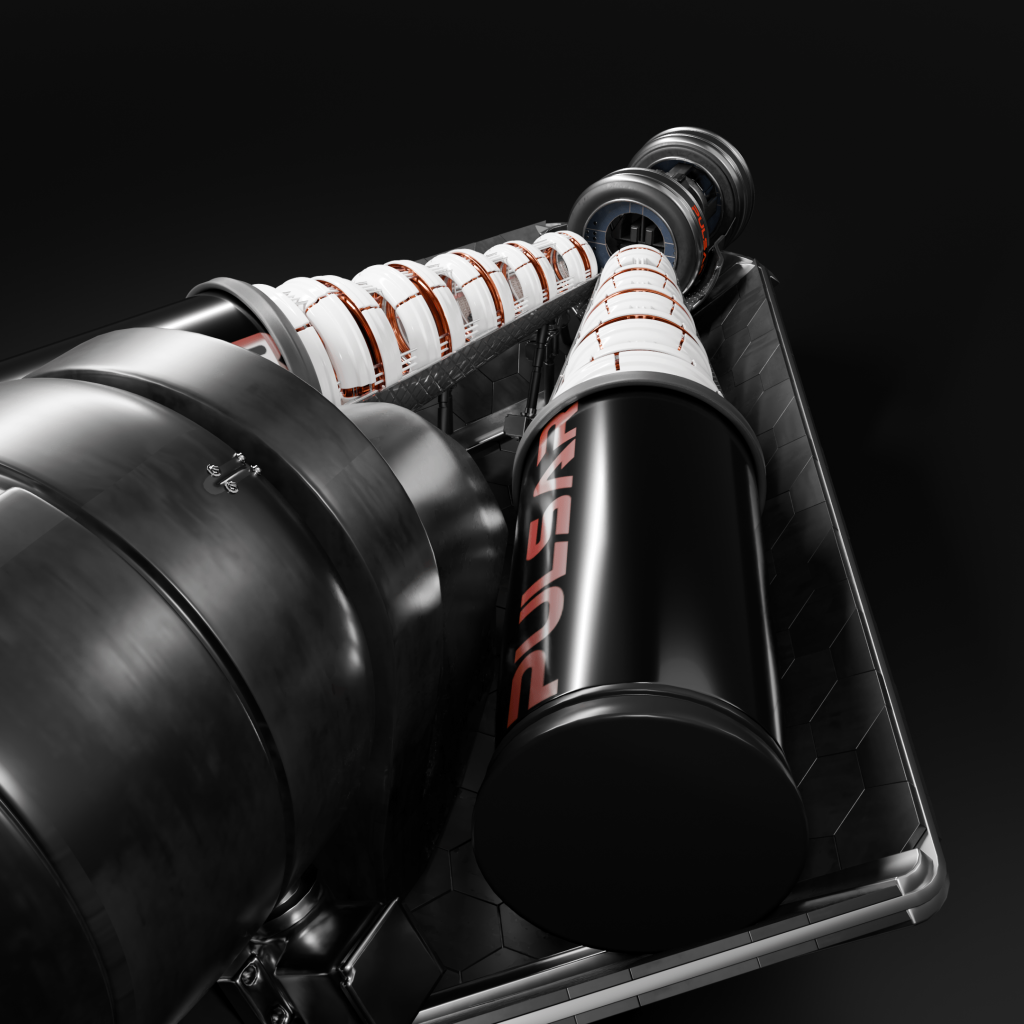
Beyond Technology
There’s also a philosophical dimension to this discussion. Fusion propulsion isn’t just about building faster rockets; it’s about reimagining humanity’s relationship with the cosmos. For centuries, we’ve looked up at the stars and dreamed of reaching them. Fusion rockets bring that dream closer to reality, offering a glimpse of a future where Earth is no longer the center of human civilization.
But with that vision comes responsibility. If we develop the ability to travel between planets quickly and efficiently, we must also consider the ethical and environmental implications. How do we ensure that our expansion into space is sustainable? What safeguards should we put in place to prevent the exploitation of extraterrestrial resources? And how do we avoid repeating the mistakes that have plagued our stewardship of Earth?
These questions may seem premature when we’re still debating whether fusion rockets are even possible. But they’re worth considering now, because the decisions we make today will shape the trajectory of humanity’s future in space. For instance, the mining of helium-3 on the Moon raises concerns about space colonization and ownership. Who gets to decide how these resources are used? How do we balance commercial interests with scientific exploration? Addressing these issues proactively will help ensure that our journey into the cosmos is guided by principles of equity and sustainability.
Final Thoughts
The promise of fusion propulsion is intoxicating: faster travel, cleaner energy, and a brighter future for humanity. Pulsar Fusion’s Sunbird rocket represents a bold step toward realizing that promise, but it’s important to temper our excitement with realism. The road ahead is fraught with challenges, and success is far from guaranteed.
Still, I find myself rooting for Pulsar Fusion—not just because I want to see fusion rockets become a reality, but because their work embodies the spirit of exploration and innovation that defines us as a species. Whether or not the Sunbird takes flight in 2027, the effort to build it will inspire others to dream bigger, aim higher, and push the boundaries of what’s possible. And in the grand scheme of things, that might be the most important outcome of all.
Until then, I’ll keep my fingers crossed—and my skepticism handy.


